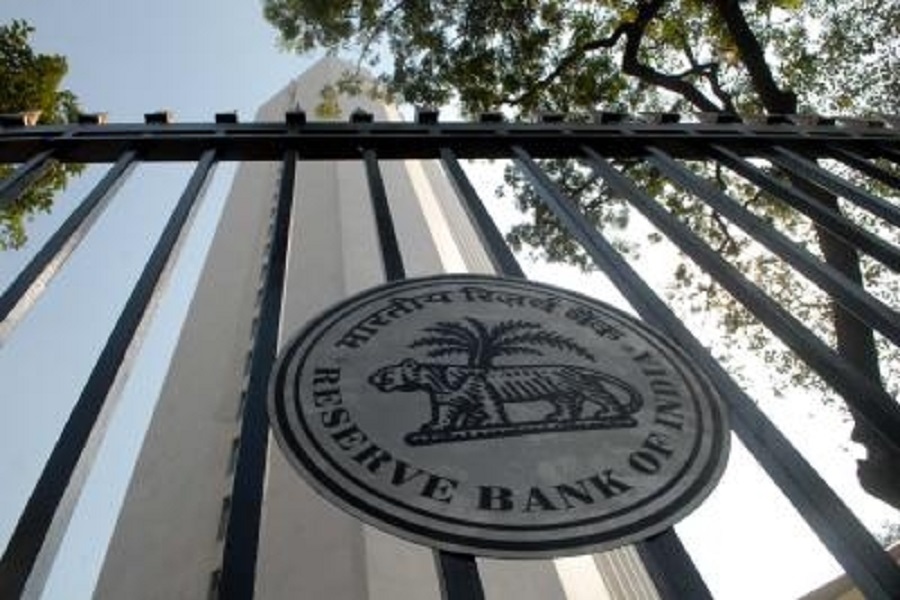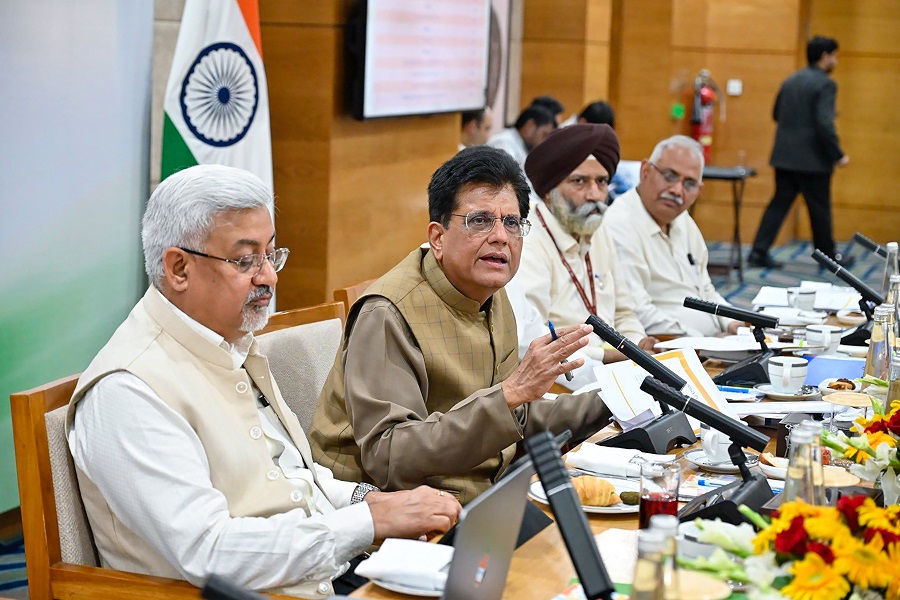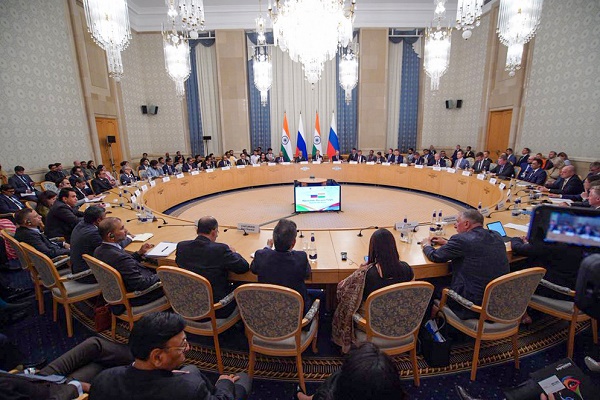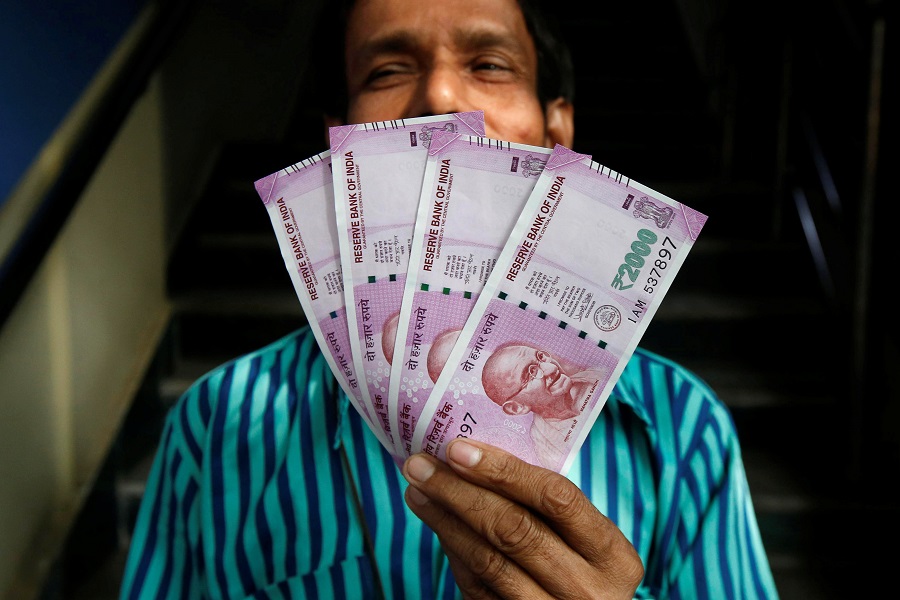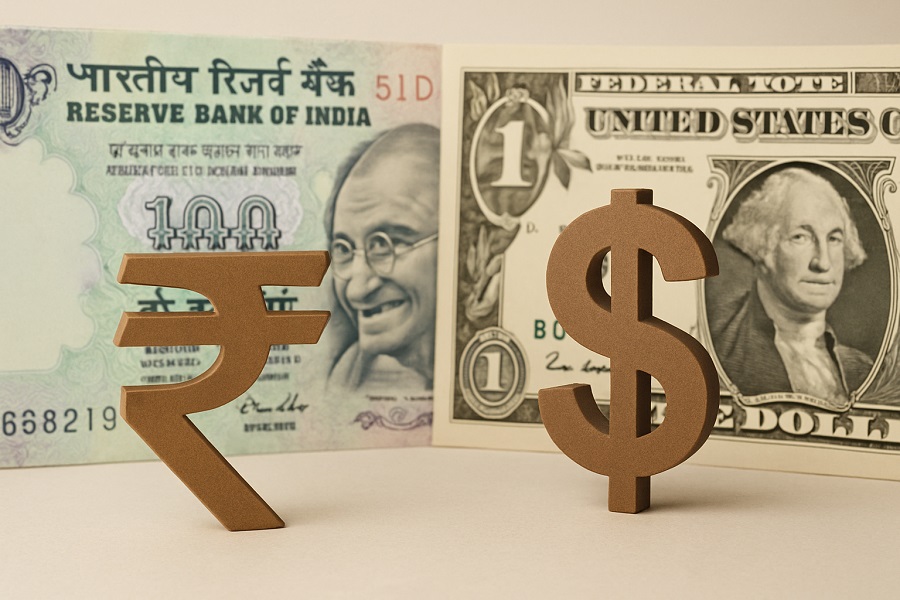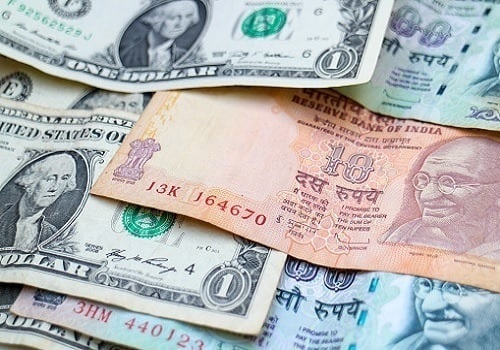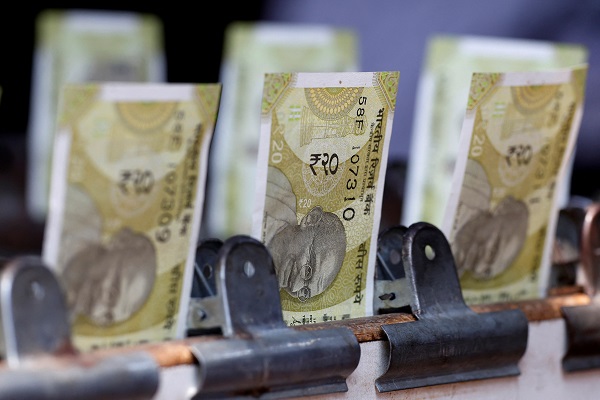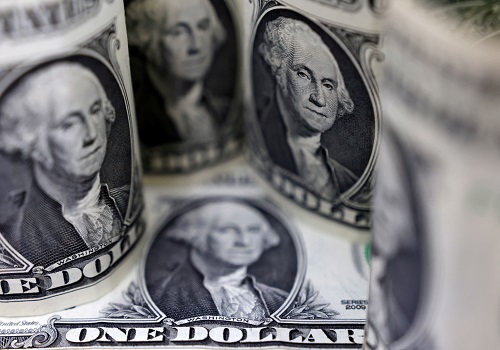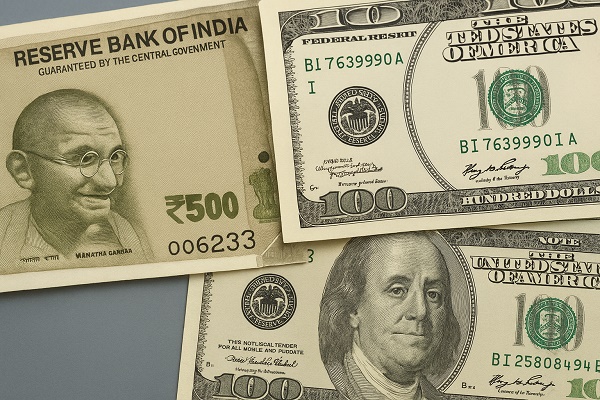No respite likely for India rupee, bonds to track US peers
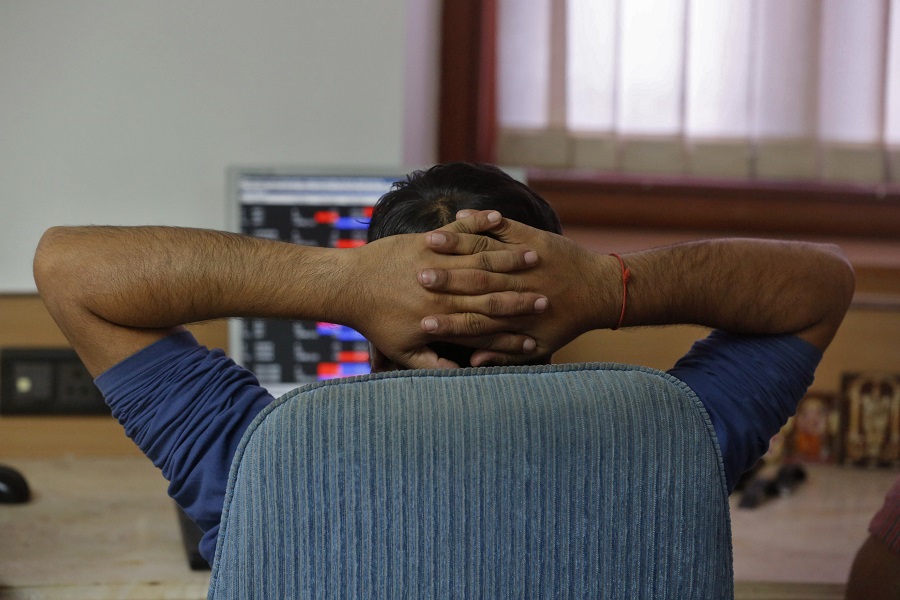
The Indian rupee is likely to remain under pressure through the week on worries over U.S. President-elect Donald Trump's trade policies and persistent dollar demand in the non-deliverable forward market, while domestic bonds will track U.S. Treasuries.
The rupee fell 0.3% last week to 85.77 against the U.S. dollar, not far off from its all-time low of 85.8075 hit in late December. The currency has slipped for nine consecutive weeks.
The rupee is in a "major downtrend" which could persist for the whole month, said Kunal Kurani, associate vice president at Mecklai Financial.
Nervousness about what Trump will "keep the dollar at an advantage", he said.
The rupee may fall to the 86 level, depending on whether the Reserve Bank of India allows it, Kurani said.
Last week, the dollar index climbed to a more-than-two-year high in the lead-up to Trump's inauguration on Jan. 20.
Trump has said he will impose tariffs on China, which may lead the yuan to weaken, the effect of which will spill over to the rupee and other Asian currencies.
Speculative short positions against the rupee have been built up in the non-deliverable forward (NDF) market since Trump's election win, according to traders.
"I do not see this changing anytime soon," said a currency trader at a Mumbai-based bank, who trades in the onshore and the NDF markets.
Meanwhile, India's benchmark 10-year bond yield ended at 6.7781% on Friday, little changed for the week, as traders fretted over heavy supply until March, while the rupee also weighed.
Traders expect the yield to be in the 6.76%-6.84% range this week, with the focus on Treasury yields as well as movement in the local currency.
The 10-year U.S. yield posted its fourth consecutive yearly rise in 2024 and continues to trade above 4.50% handle.
Investors are concerned about the interest rate trajectory in the world's largest economy after the Federal Reserve slashed its forecast for rate cuts in 2025 to 50 basis points.
"Global developments remain the wild card, with the U.S. government due to take office in mid-January 2025," said Radhika Rao, executive director and senior economist at DBS Bank.
"Subsequent protectionist/ inflationary policy announcements are likely to impact the dollar and U.S. rates (and) by extension, Asian markets, including the rupee and INR market rates."
Market participants will watch the direction of foreign flows in the New Year.
The pace of bond purchases from overseas investors is expected to slow down after hitting a record high in 2024.
KEY EVENTS:
India
** HSBC services PMI - Jan 6, Monday (10:30 a.m.)
** November industrial production - Jan. 10, Friday (4:00 pm IST)
U.S.
** December S&P global composite PMI final - Jan. 6, Monday (8:15 p.m. IST)
** December S&P global services PMI final - Jan. 6, Monday (8:15 p.m. IST)
** November factory orders - Jan. 6, Monday (8:30 p.m. IST)
** November international trade - Jan. 7, Tuesday (7:00 p.m. IST)
** December ISM non-manufacturing PMI - Jan. 7, Tuesday (8:30 p.m. IST)
** Initial weekly jobless claims week to Dec. 30 - Jan. 9, Thursday (7:00 p.m. IST)
** December non-farm payrolls and unemployment rate - Jan. 10, Friday (7:00 p.m. IST)
** January U Mich sentiment prelim - Jan. 10, Friday (8:30 p.m. IST)




.jpg)



